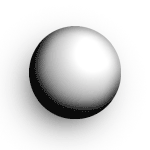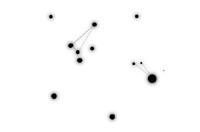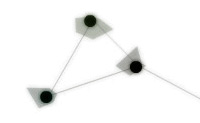
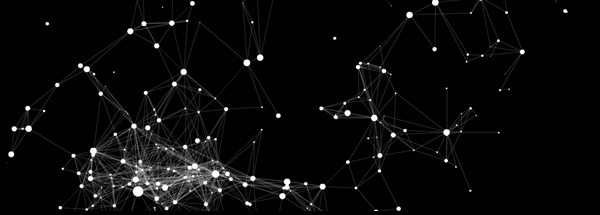

An interesting computational system can be built up by allowing a collection of self-similar nodes to connect and communicate with each other. From the patterns of organization that emerge within, such a system is called a Node Garden. |
|||
|
|||
| The general purpose node is described
in detail in its own paper, The Node.
For this project we will be extending our previous definition of the
node to allow for greater functionality. Specifically, we will be
adding advanced methods allowing the node to connect, communicate,
and collaborate with other nodes. |
|||
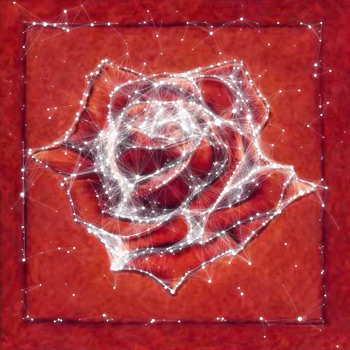 figure b, a highly organized node garden generated using the high contrast areas of a painting as nourishment |
|||
The beautiful rose in figure b is a sixteen square foot painting created by Jay Long in Austin, TX titled Rose III. As an interesting experiment, the painting was used as the generating mechanism for a node garden of specialized edge detecting nodes. Over the period of about five minutes, areas of high contrast encouraged the development of new nodes. This process rendered some beautiful results, to the credit of Jay Long Studio. Garden growth is a simple process. The node is programmed to automatically seek out connections to other nearby nodes. The resulting complex network of connections is simply a manifestation of the nodes' desire. |
|||
|
|||
| Nodes only connect to nodes that
have also reached their destinations. No limit on the number of connections
is imposed. With each connection, a line is drawn and a message is
sent informing the other node that it has been connected to. |
|||
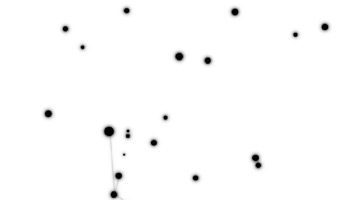 figure b, arbitrarily positioned nodes with a few connections |
|||
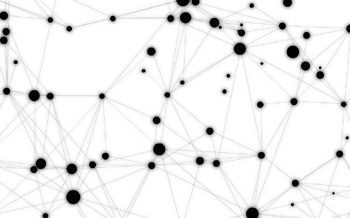 figure d, a completely arbitrary node placement scheme usually renders a fairly homogenous network |
|||
| With some thoughtful node placement, this simple process can render intriguing networks, common and uncommon as seen in the following forms: |
|||
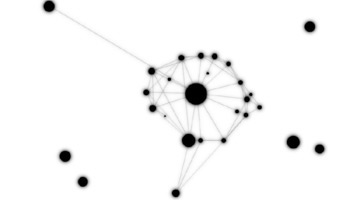 figure e, a cellular structure |
|||
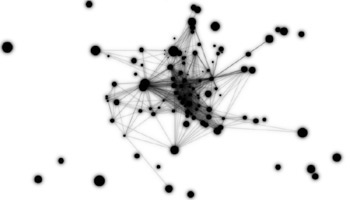 figure f, a heavy concentration of nodes |
|||
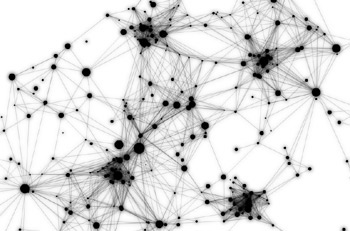 figure g, local groupings |
|||
A node can send messages through its connections. In turn, it can receive messages. In this fashion, information can be carried throughout a network of nodes. Information becomes the energy of the network. |
|||
|
|||
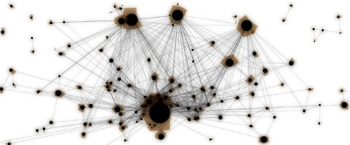 figure. an information rich network super cluster |
|||
Some other node gardens illustrating internal data follow. |
|||
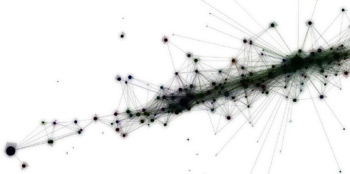 figure. a spiral node garden 'on-edge' |
|||
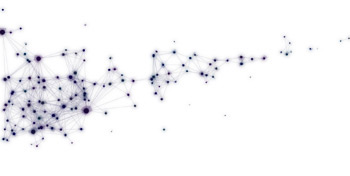 figure. corridor node growth |
|||
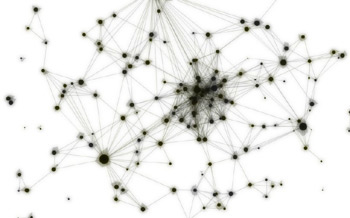 figure. another info illuminated node garden |
|||
Occasionally nodes will connect to themselves, or to other nodes, who in turn connect back. Instances of these connection schemes provides for a feedback loop with potentially external interference. Feedback loops with no external interference are considered to be self-modifing. |
|||
| jtarbell, July 2002 |
